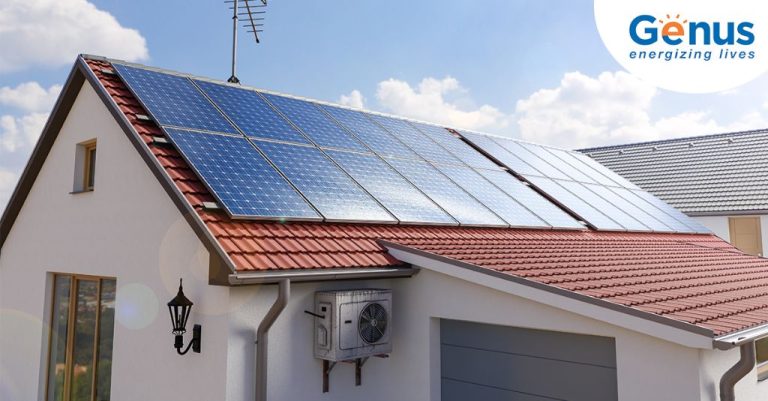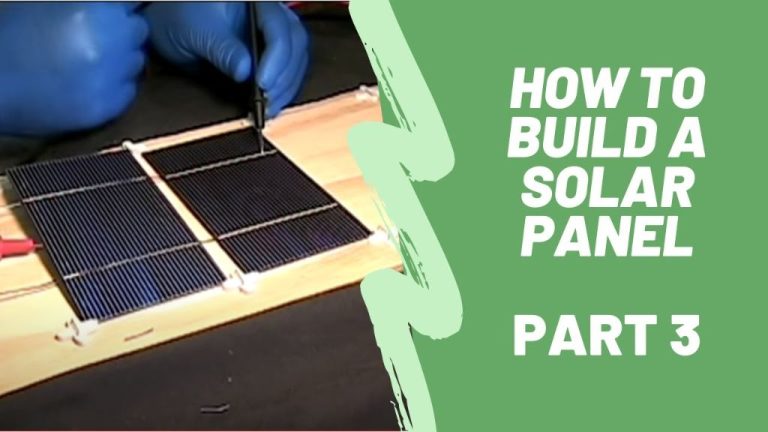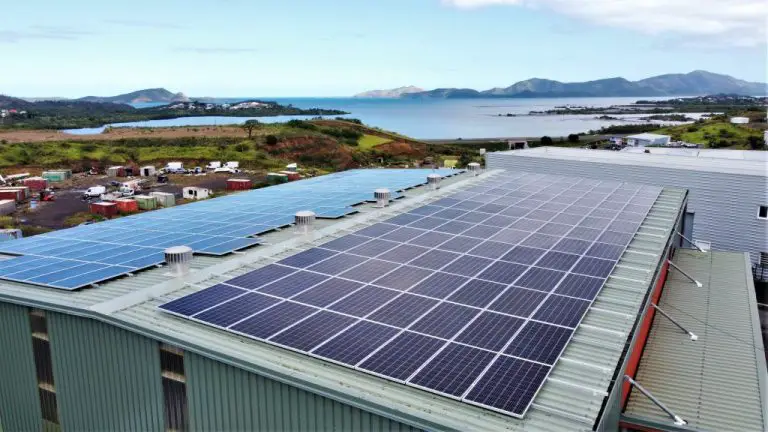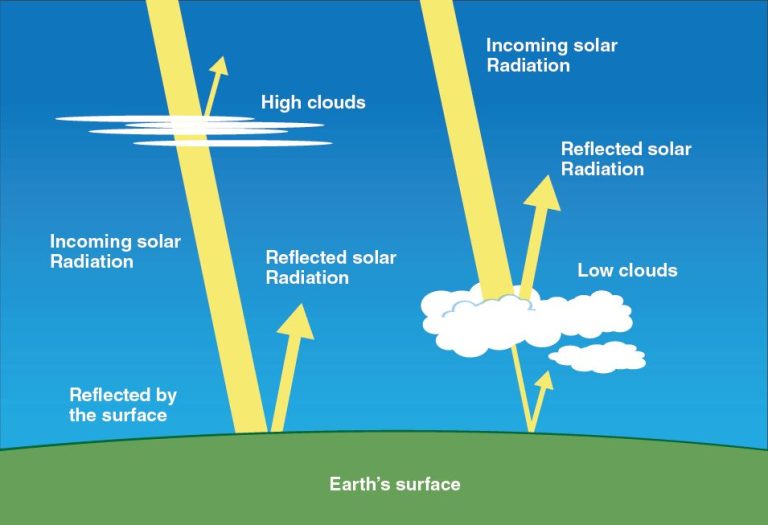Why Isn T Solar More Popular In Florida?
Despite Florida’s abundant sunshine, solar energy adoption lags behind many other states. Florida ranks 13th nationally in solar installations, even though the Sunshine State has the 3rd best solar resource in the country. For a place with such plentiful sunlight, why hasn’t solar caught on more in Florida?
This article will examine the main barriers to wider solar adoption in Florida. We’ll look at the high upfront costs of solar panels, the lack of government incentives, utility companies fighting to maintain control of the energy market, the prevalance of multi-unit housing, Florida’s southern location, extreme weather risks, consumers not knowing much about solar, and aesthetic concerns.
High Upfront Costs
One of the biggest barriers to widespread solar adoption in Florida is the high upfront cost of purchasing and installing solar panels. The typical cost to install a 6kW solar system on a home in Florida ranges from $15,000-$25,000 after solar tax credits. That’s a huge investment for most families and homeowners to take on. Many people are interested in solar power but simply can’t afford the steep initial costs.
Solar panels themselves are expensive, often costing around $2-$3 per watt. A typical 6kW system requires 18-24 panels at 250+ watts each. So just the solar panels alone can cost $10,000 or more. Then there’s the cost of the inverter, racking equipment, wires and other balance of system components. Not to mention labor expenses for installation and permitting.
While solar can save money long-term from lower electricity bills, it requires a lot of capital up front that prevents mainstream adoption. Most Florida families and businesses just don’t have tens of thousands in cash readily available to finance solar installations. And many can’t or don’t want to take on loans for solar, even though it would pay off over time.
High upfront costs remain the biggest roadblock to widespread solar power in the Sunshine State. Unless costs come down substantially or financing options improve, solar will remain out of reach financially for many homeowners and organizations.
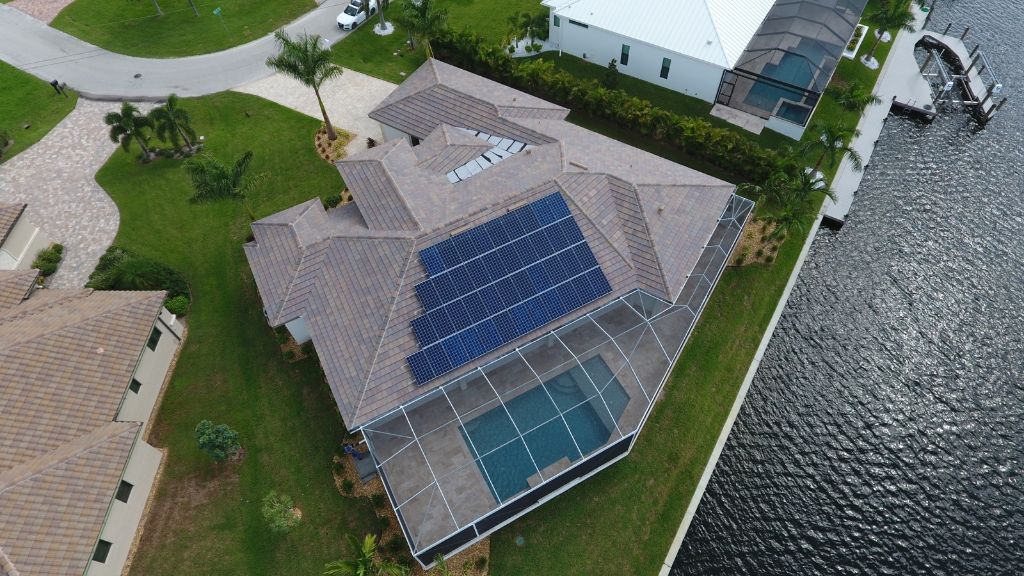
Lack of Government Incentives
Unlike many other states, Florida offers few tax credits, rebates or other incentives for installing solar panels. This lack of financial support from the government makes it harder for homeowners and businesses to justify the upfront investment. States like California, Massachusetts and New York have robust solar incentive programs including tax credits, cash rebates, and solar renewable energy credits (SRECs). These incentives help offset 30-50% or more of the installation costs. But Florida has no tax credits or cash rebates for going solar. The state also doesn’t participate in SREC markets that could provide solar owners tradeable credits. Without these extra financial motivations, it’s challenging for solar power in Florida to compete with the low electricity prices from utilities.
Market Control of Utilities
Florida’s large investor-owned utility companies, such as Florida Power & Light, Duke Energy Florida, and Tampa Electric Company, have been partly responsible for limiting the growth of rooftop solar in the state. These utilities that control energy generation and distribution have business models threatened by rooftop solar adoption. With net metering policies allowing residents to sell excess energy from solar panels back to the grid, utilities see rooftop solar as a disruptive competing technology. As a result, Florida’s major utilities have resisted policy changes and regulations that would encourage rooftop solar, such as more favorable net metering rules. They have also pushed for policies and fees that disincentivize private solar installation and maintain their dominance over Florida’s energy market.
Housing Types
Florida’s housing makeup presents challenges for rooftop solar adoption. The state has a high proportion of multifamily housing and high-rise condominiums compared to other parts of the country. For example, over 30% of households in Miami live in high-rise apartment buildings with 20 or more units. High-rise condos and apartments have limited roof space compared to single family homes. This reduces the viability of installing solar panels, as there is less usable area to place them. High-rise buildings also often have HOAs that restrict or prohibit solar panel installation. Overall, Florida’s housing landscape makes it difficult for many residents to take advantage of rooftop solar power generation.
Geographic Location
As a southern state, Florida gets more direct sun exposure and heat which impacts solar efficiency. The Sunshine State’s location means solar panels experience more intense sunlight and higher temperatures. This abundant heat can reduce solar panel efficiency by 10-25%, lowering energy production. Solar panels operate optimally in cooler temperatures. Additionally, Florida’s humid, moist climate promotes mold growth which also diminishes solar panel performance. While Florida’s southern location provides more sunlight overall, the heat and humidity pose challenges for efficient solar power generation.
Extreme Weather
Florida experiences more frequent and damaging hurricanes than any other state in the continental United States. The Sunshine State endures more hurricane impacts per year on average than any other state, including direct landfalls, close offshore storms, and tropical systems passing nearby. Since 1851, Florida has had more direct hurricane hits than any other state, including Texas and Louisiana.
Hurricanes and tropical storms pose a major risk to solar installations in Florida with high winds and storm surge. During extreme weather events, solar panels and mounts can be damaged, blown off roofs, and destroyed. The replacement costs for solar equipment after a hurricane can be prohibitive for homeowners and businesses.
In addition to equipment damage, hurricanes and storms can disrupt the power grid for extended periods of time. Even if solar panels survive intact, they will not produce electricity when the grid is down. This limits the resilience benefits that distributed solar can provide. Battery storage systems would be required to enable solar system operation off-grid.
The frequent hurricane threat makes some Florida residents hesitant to invest in solar systems that may require repairs or replacement after each storm. Risk of weather damage is a barrier to wider solar adoption across the Sunshine State.
Lack of Consumer Awareness
Many homeowners in Florida simply don’t have a good understanding of the costs, incentives, and return on investment of installing solar panels. With the high upfront costs of solar, payback periods can be 5-7 years or longer without incentives. This makes it a difficult investment for homeowners to wrap their heads around. Most aren’t aware of the long-term energy bill savings and that solar increases a home’s value. There is also confusion about if solar works well in Florida’s climate. Education campaigns could help consumers better evaluate if solar is right for them.
Aesthetic Concerns
Some homeowners worry that solar panels will be an eyesore on their roofs. While solar panels have become more aesthetically pleasing over the years, they are still very visible. Some homeowners associations prohibit visible solar panels because they want to preserve a uniform look in their communities. This is especially true in neighborhoods with red tile roofs, where black solar panels can stand out.
Fortunately, solar panel manufacturers are working on more attractive designs, including solar shingles that blend seamlessly into rooftops. As solar becomes more ubiquitous, attitudes toward the aesthetics may shift as well. But for now, aesthetic factors prevent some homeowners from adopting solar power.
Conclusion
In summary, there are a variety of factors that have limited more widespread adoption of solar power across Florida. One major barrier is the high upfront cost of purchasing and installing solar panel systems, which can deter many homeowners and businesses despite the long-term savings. The lack of strong government incentives at the state level also impacts ROI calculations, while the control of the energy market by large utilities reduces options.
Additionally, Florida’s housing stock with many multi-unit buildings makes solar more complex versus single family homes. The state’s southern location and humid, tropical climate also pose engineering challenges versus drier regions with more consistent sunlight. Finally, lack of consumer awareness and aesthetic concerns for some homeowners have slowed adoption.
With focused policy changes, government and utility incentives, increased consumer education and continuing solar technology advances that improve efficiency and lower costs, Florida has significant untapped potential to expand its solar energy capabilities.

